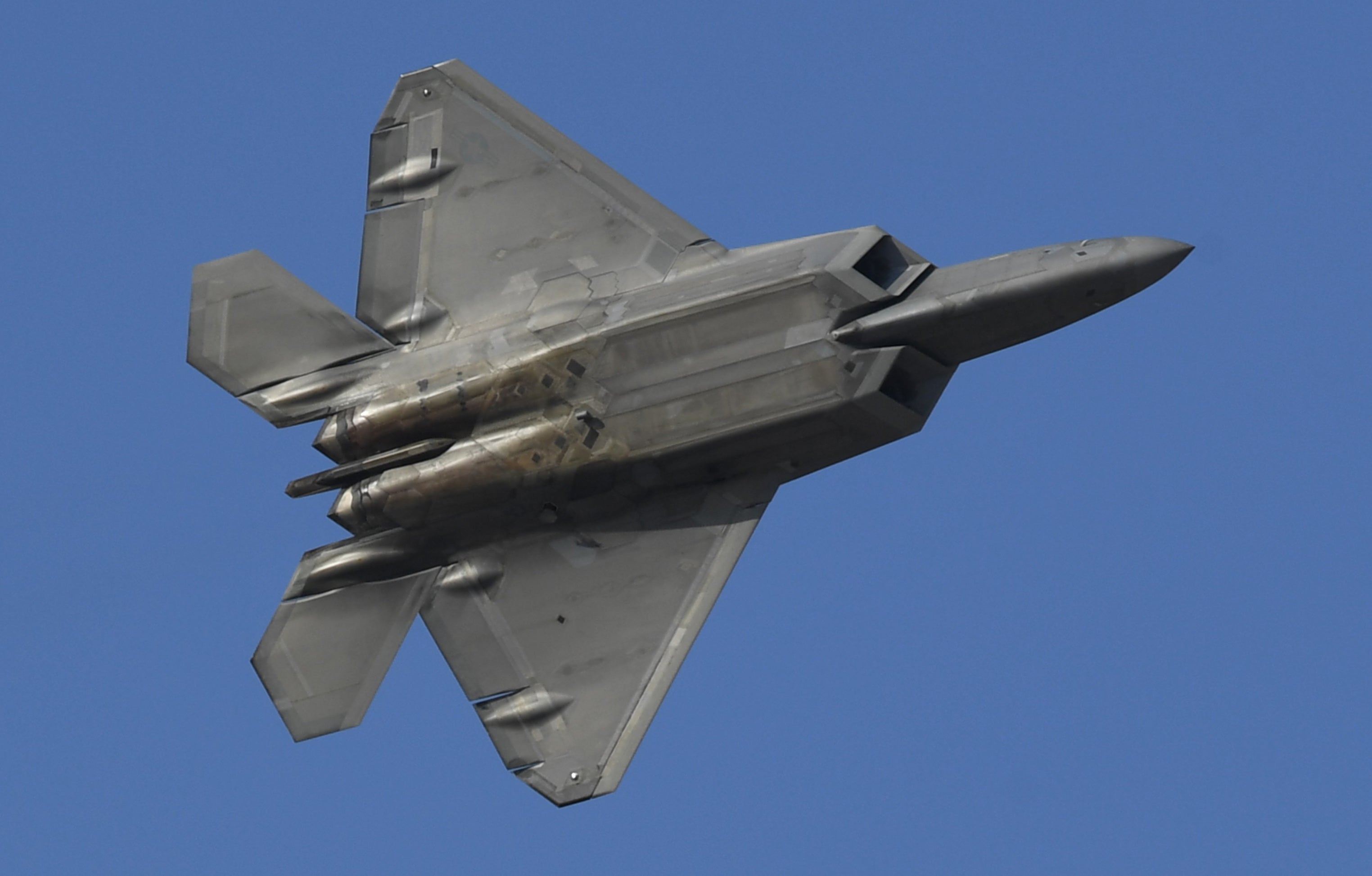US fighter jets respond to Russian planes flying towards Hawaii
Armed F-22 Raptor fighters scrambled in response to ‘Bear’ bombers

US fighter jets have responded to Russian planes flying towards Hawaii for a second time.
Armed F-22 Raptor fighters were scrambled in response to the Russian “Bear” bombers heading for Hawaii during a naval and air exercise hundreds of miles west of the US state.
Two stealth fighters from the Hawaii Air National Guard took off from Joint Base Pearl Harbor-Hickam on Friday but did not intercept the Russian bombers, said US officials.
And the bombers, which are designed for anti-submarine warfare, did not continue their flight path towards the islands.
Three F-22s and a KC-135 were also launched the previous Sunday when the Russian planes made their first flight towards Hawaii.
“Pacific Air Forces regularly perform air operations in airspace surrounding Hawaii. As a matter of policy, we don’t discuss tactics, techniques or procedures used by US Air Force aircraft due to operational security requirements,” the Oahu-based command said in a statement to The Honolulu Star Advertiser.
Officials say that a Russian spy ship is thought to be patrolling international waters near Oahu, while other members of the Russian fleet are carrying out the exercise 300 miles away from the Aloha state.
The exercise has been called by Russian officials its largest since the end of the Cold War, and includes surface ships, anti-submarine aircraft and long-range bombers.
US officials told CBS News that a carrier strike group, which includes the USS Carl Vinson, was conducting its own planned exercise 200 miles east of Hawaii but “was moved closer to Hawaii in response to the Russian exercise.”
“Here’s the thing about the Russian Pacific Fleet: They don’t have a lot of platforms that can go to sea or fly,” said retired Navy Captain Carl Schuster, a former director of operations at US Pacific Command’s Joint Intelligence Center.
“Politically it is a big deal, but operationally, it’s more like a little deal,” added Capt Schuster, who is an adjunct professor at Hawaii Pacific University.
“The fact that they can get 20 of their ships underway at all is semi- significant.”
And he added that the purpose of the exercise was to “simply to create the impression that they could reach out and touch us.”
Join our commenting forum
Join thought-provoking conversations, follow other Independent readers and see their replies
Comments
Bookmark popover
Removed from bookmarks